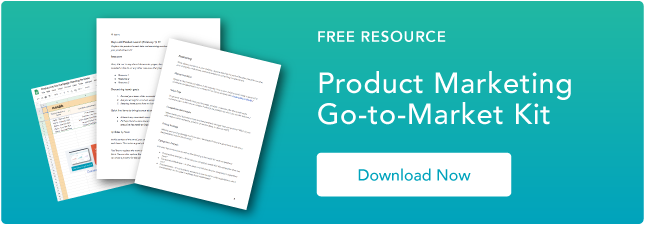The 6 Stages of the Product Life Cycle

When I was 12 years old, I used to look through my older cousin’s CD collection, a little confused.
I didn’t understand the need to have CDs when I could go on iTunes and listen to all my favorite songs. Then, when I was in middle school, I got my first hand-me-down iPod shuffle.
This is a great example of the product life cycle (PLC) in action. CDs were in the decline stage while the iPod was in the growth stage. Now, you’ll rarely find a CD in anyone’s music collection unless they’re enthusiasts or want to feel nostalgic for their younger years.
No one wants their product to become “obsolete” and reach the end of its product life cycle. Still, it’s important to understand what stage your product is in so you can make better marketing and business decisions. You can mature and grow in the marketplace by agilely responding to changing customer needs, adding new offerings to your lineup, and adopting new tech that keeps you up-to-date in the marketplace.
Below, we’ll learn what the life cycle is, take a look at the life cycle stages, and go over a few real-life examples.
As marketers, it’s important to understand how your tactics and strategies change depending on the stage your product is in.
For example, a brand new product will be marketed differently than a well-established, mature product. For the first, the marketing campaigns will focus on raising awareness, while for the latter, they’ll focus on maintaining awareness.
Businesses also use to product life cycle to achieve the following:
- Establish competitive authority. If your product is new and recently introduced to the market, you can market it as a new and improved alternative to an existing product. If the product is established, you can vouch for its long history of use in your branding.
- Decide on a pricing strategy. Depending on the life cycle stage your product is in, you’ll choose how to price the product. A new product may be priced lower to entice more buyers, while a product in the growth stage can be priced higher.
- Create a marketing strategy. Your product life cycle stage will determine which strategy to pursue. Maturity and audience knowledgeability plays a big role in the type of content you publish on your site and social media profiles.
- Respond before the product begins its decline. There’s no worse feeling than watching your product slowly become obsolete or be displaced by a competing product. By keeping the life cycle stages in mind, you can create a strategy that keeps you ahead of the curve as you reach the saturation and decline stages.
The product life cycle benefits businesses because they can shift their wording and positioning to best market the product at the stage it is in. If your product has recently been introduced and you try to market it as a long-established solution, consumers will see right …read more
Source:: HubSpot Blog









